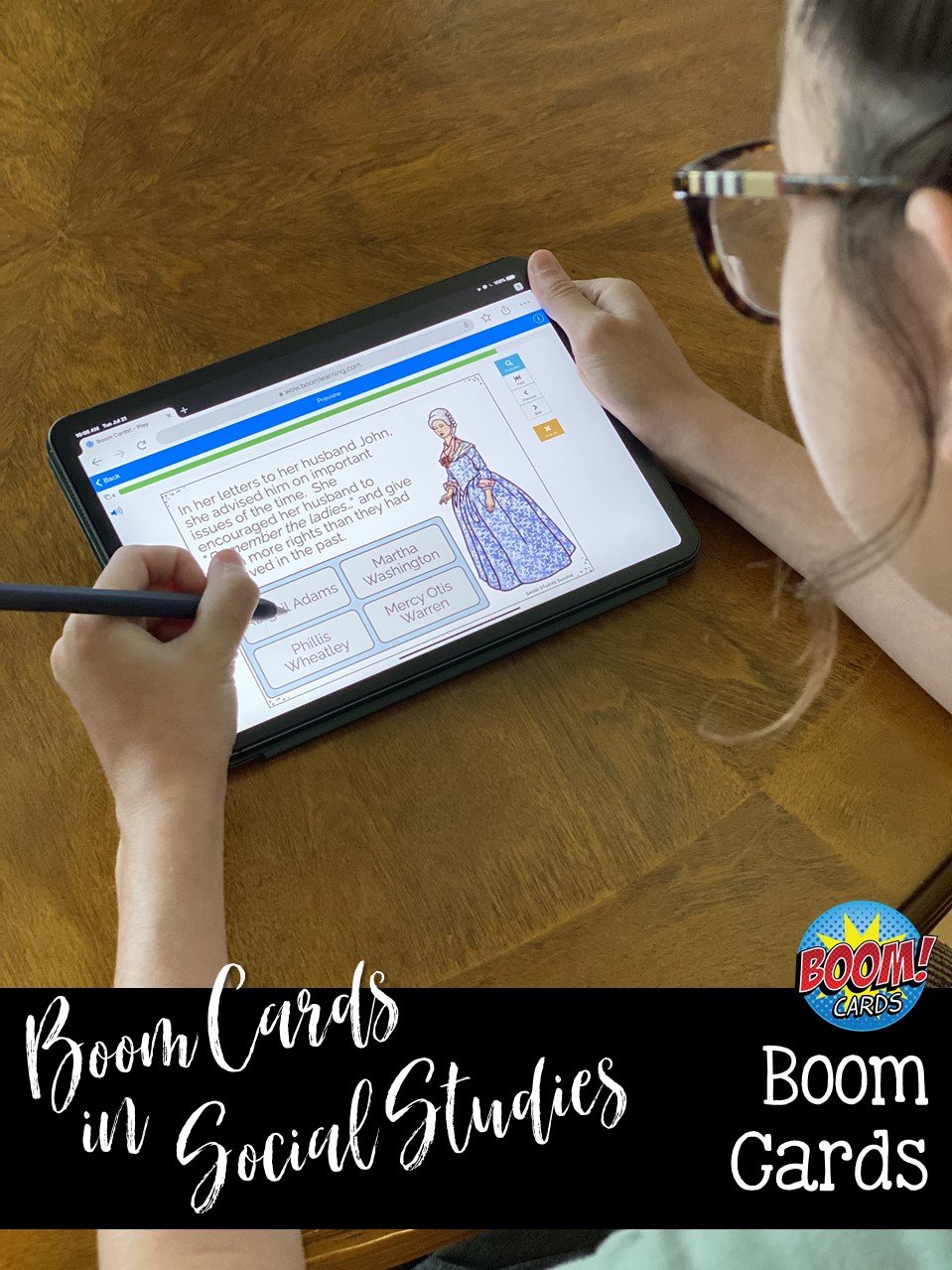Another chance for time to be wasted and confusion to reign supreme is when you make, seat and assign roles or tasks to the members of cooperative groups.
With so many opportunities for cooperative group activities, I make my groups of 2, 3, 4 or 5 in advance. I actually keep a notebook of my different groups so I don’t repeat groupings and groups get to share the wealth of “those” kids. I assign each group a number and project the numbered group lists for the students. Prior to showing the lists, students have gathered whatever materials they will need and cleared off their desks. I have a set of small traffic cones that are numbered and I place them around the room to indicate where the groups are to meet. I use the cones for groups of 3 or more. With the cones, there is no wasted time as groups wander around the room deciding where to sit. They see their group and take their materials to the appointed cone.
I found my traffic cones at one of the $1 stores. When I travel to do training, the cones don’t pack easily so an alternative tool is number tents. I cut cardstock in half lengthwise, fold in quarters, number and then overlap the two end pieces and use a paperclip to form the tent. The entire set of tents and paperclips folds up and fits in a sandwich bag for storage.

Once a group is settled, I assign the jobs, such as Historian, Director, Spokesperson, Graphic Artist for Social Studies or Principle Investigator, Materials Manager, Recorder/ Reporter in Science. If I want a specific person to do a specific role, I have them use the order their names are listed on the projected groups. If their name was first on the list, they do the first job on the instruction sheet, second on the list gets the second job, etc.
I had 4 different small group science labs in my self-contained classroom. While I did reading groups, 3-student lab groups could go to the labs. They had a ring with their names color-coded. Each day I just changed the three jobs’ colors at each station by changing a colored paperclip. So there was no argument over who had which job. If the team went to labs two days in a row they would do different jobs each day. The ring is just a cheap shower curtain hook. The names cards are 3 in x 1 in pieces of poster board with a colored dot, hole-punched on one end. When not in use, they are all tossed in a small basket. I usually changed the groups when I changed the 4 science labs.
A variation is for the students in the group is to pick a color – red, blue, yellow or green. Then a job ring with only color tags is drawn from the basket. No time is lost assigning jobs!

Many times there are quite a few materials to distribute and that can be a huge eater of time. Once the groups are settled, they look at the card I have placed under the traffic cone or number tent. If the 1 is pointing toward them, it is their job to gather the materials under #1 on the lists I have now projected. I have the materials placed in different areas of the room so there isn’t a traffic jam. The same person is responsible for clearing up and returning any non-consumable materials at the end of the activity. Since there are sometimes groups of three, I have a card for them and the group can decide who will gather the #4 items. I make the cards from bright colored cardstock or neon poster board. They can even be laminated. If the students are using colors for job assignments, the materials corners can be labeled by a color as well and the job rings can be used instead.
There are so many different ways to quickly make pairings and groups. What is your favorite method to group your students? What method works best with what grade levels? How do you save time in seating groups and distributing materials?
 Kristi Grubaugh has 32 years of teaching experience in both self-contained and departmentalized classrooms. She taught ELA and Life Skills for five years at 6th and 7th grades in Kilmarnock, Virginia. In Weatherford, Texas, she taught 14 years at 4th grade and 12 years at 5th grade, focusing on U.S. history and science. The one year at 1st grade still gives her bad flashbacks.
Kristi Grubaugh has 32 years of teaching experience in both self-contained and departmentalized classrooms. She taught ELA and Life Skills for five years at 6th and 7th grades in Kilmarnock, Virginia. In Weatherford, Texas, she taught 14 years at 4th grade and 12 years at 5th grade, focusing on U.S. history and science. The one year at 1st grade still gives her bad flashbacks.
Kristi graduated from Sleepy Hollow High School, home of the Headless Horsemen, in Tarrytown, New York, a long time ago. She earned her B.S. in Education at Madison College in Harrisonburg, Virginia. Kristi lives in Fort Worth, Texas, where she was born, a very long time ago.
Kristi has been a national trainer for TCI, maker of History Alive! and Social Studies Alive! since 2001. She also writes and trains for Accelerated Learning Inc., maker of STEMscopes, since 2012.
Kristi currently has three cats and red hair, reads mystery books and binges on Netflix and uses water aerobics as an excuse to get off the couch.
Kristi has started posting her science lab activities and Texas history products at https://www.teacherspayteachers.com/Store/Eureka-You-Found-It







